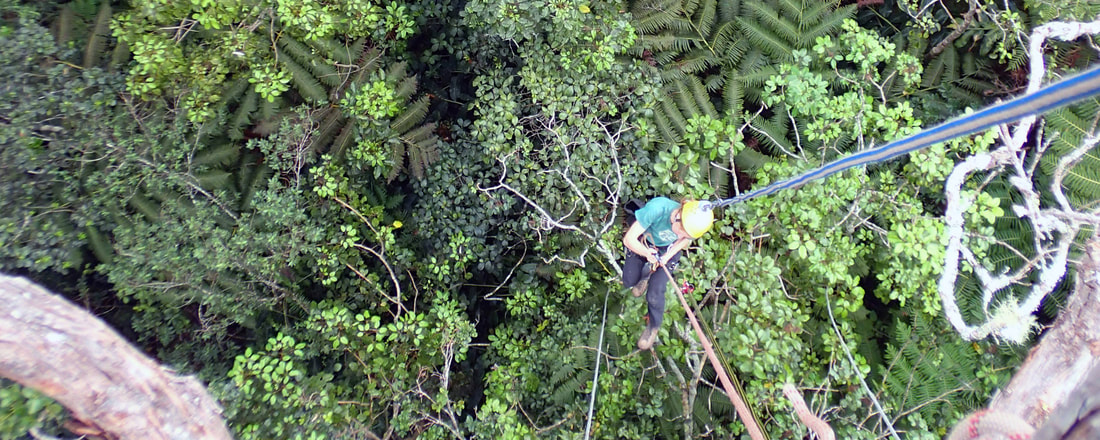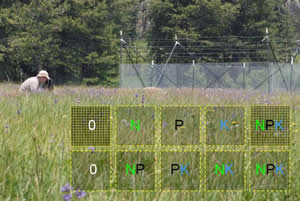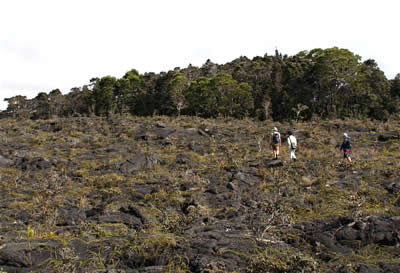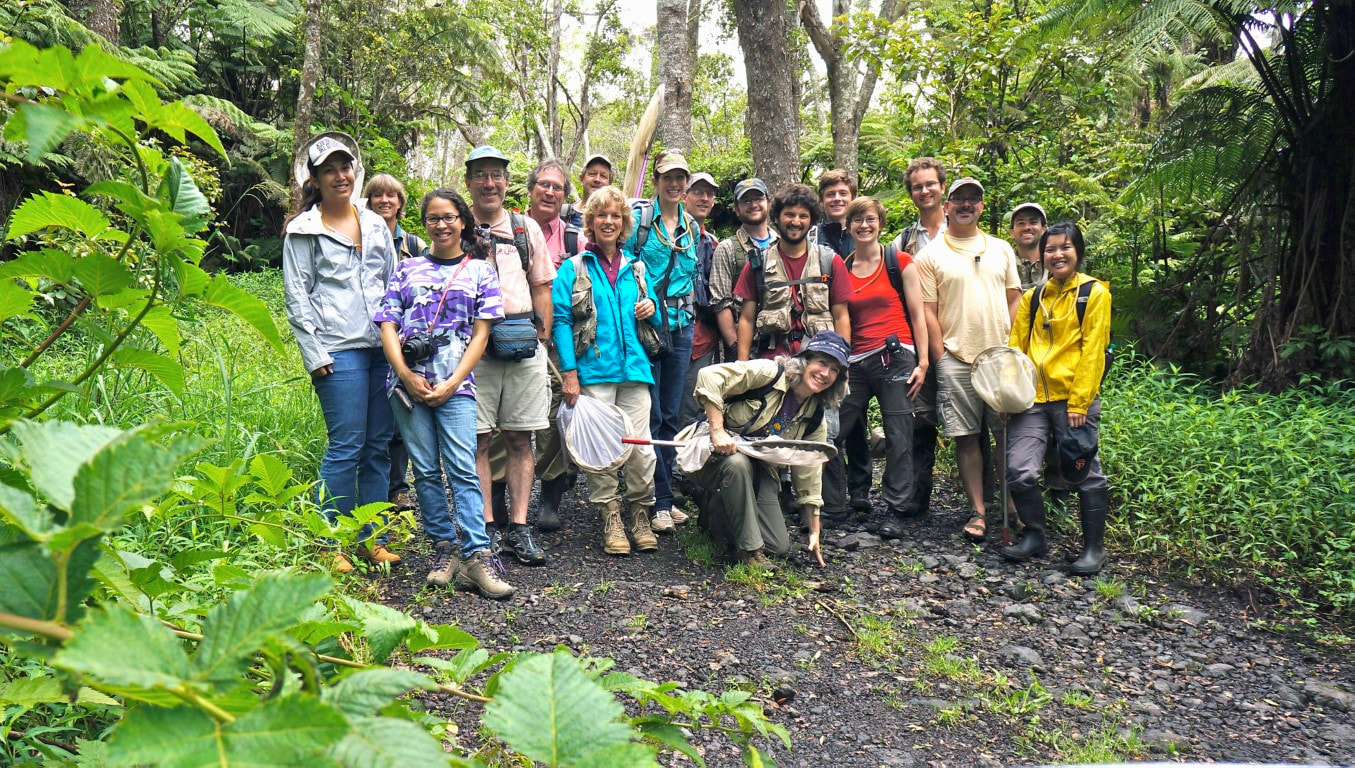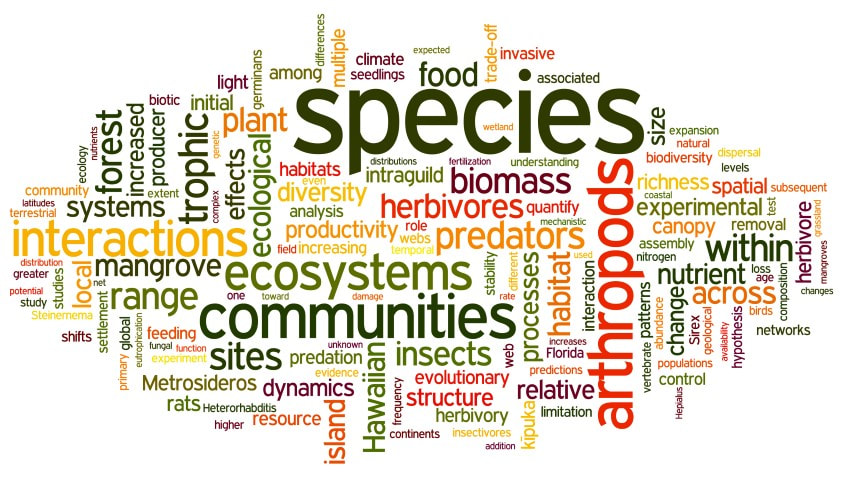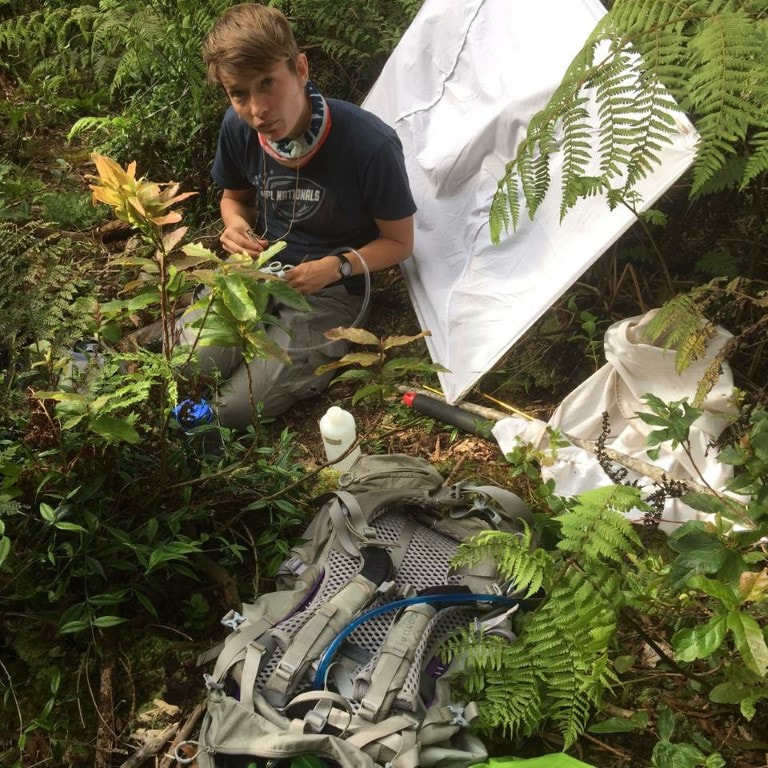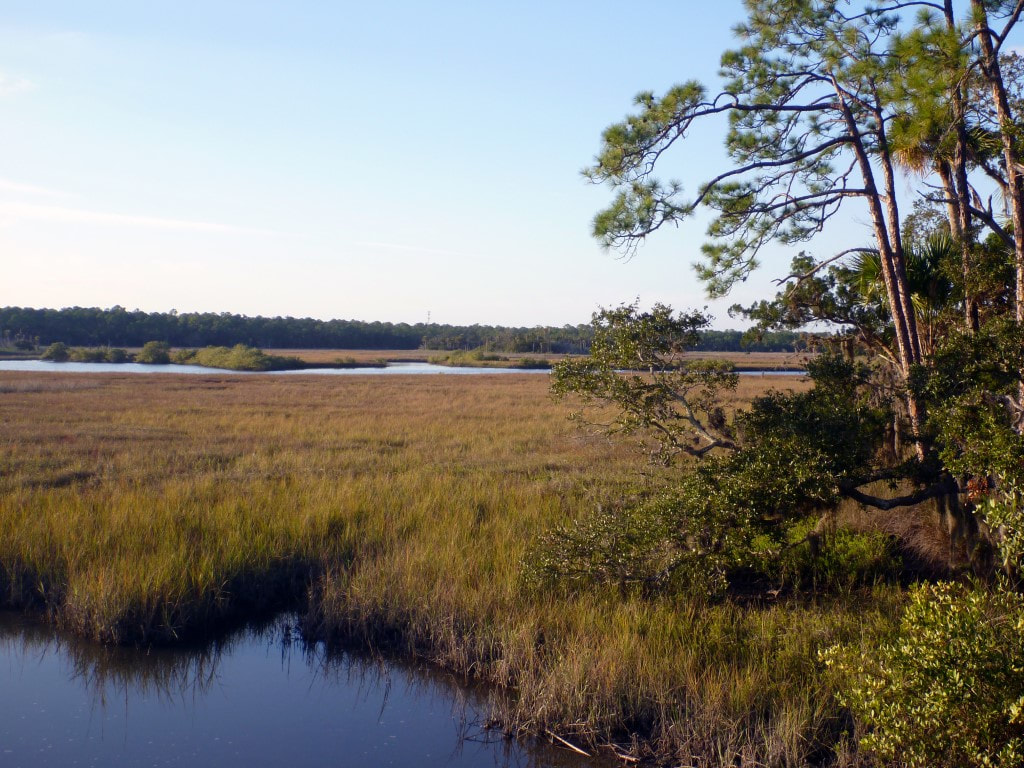Research
We are motivated by a fundamental love for natural history of interacting organisms over time and space, and by the challenge of quantifying the messiness of nature, distilling patterns into hypotheses about process, and testing ecological theory with experiments. Our research program covers several broadly interconnected themes; however, we are not immune to wandering attention when exciting new opportunities arise.
Ecological SynthesisEmpirical case studies are the building blocks for ecological understanding. To ask and answer larger questions and overcome local contingencies, we use ecological synthesis to combine case studies and openly available data via meta-analysis. Quantitative synthesis both resolves lingering questions with the balance of evidence and also opens brand new avenues of inquiry. Distributed field networks, such as the Nutrient Network, are an inclusive approach to pushing beyond location-based research or the limits of available data in the literature.
In a synthesis project organized by Island Conservation and the Scripps Institute for Oceanography, we are seeking organizing principles to understand ecosystem consequences of eradications of invasive mammals on islands.
|
Species Interactions in Dynamic CommunitiesThe 'beans and rice' of ecology is the interactions of multiple species through predation, parasitism, mutualism, and competition. The responses of biodiverse communities to global change are often unpredictable unless we can better understand how species interactions will sort the 'winners' from the 'losers.' In recent collaborative work with Stanford University, Michigan Tech University, and the US Forest Service and the support of NSF, our team successfully removed invasive rats from a landscape of forest fragments in Hawaii Islands, demonstrating impacts on bird movement and behavior. Our studies of the invasive Sirex woodwasp in NE US pine forests demonstrated that competition and predation provide biotic resistance to invasive impacts of the wasp and its fungal mutualist.
|
Integrative Forest EntomologyFor the great majority of insect species, there is virtually no research on their biology and ecology, if they even have a scientific name. If there is an upside to the great scourge of biological invasions, which cost billions of dollars of damage and imperil native ecosystems, it is that no stone can be left unturned to understand the biology and ecology of invasive species. Because of the need to know, it is open season on new discoveries! If we are to find solutions for mitigations or biological control of a novel invader, we must understand its life cycle, diet or host use, symbionts, natural enemies, phenology, dispersal abilities, etc. Recent research in the lab is learning from woodwasps and, in collaboration with the USDA ARS BIIRU, the emerald ash borer.
|
Island BiologyIslands are often heralded as 'natural laboratories' for the study of ecology, evolution, and biogeography. In studies in the Caribbean and greater Pacific, but especially in the Hawaiian Islands, indeed we find that islands make excellent replicated units for understanding biodiversity dynamics. In work with the UC Berkeley and several other collaborators, and funded by the NSF Dimensions of Biodiversity program, we are testing hypotheses for forest arthropod community assembly over evolutionary time on a geological age gradient spanning 4 million years.
|
Global Change EcologyChanging climate, land use, and biological invasions are the most important drivers of global change in the Anthropocene, and we seek applications of our research that can inform policy and management. For example, collaborating with the Smithsonian-SERC and supported by NSF Macrosystems Biology, in Florida and Caribbean mangrove forests we are studying the consequences of poleward migration of mangroves as a result of decreasing winter severity.
|
